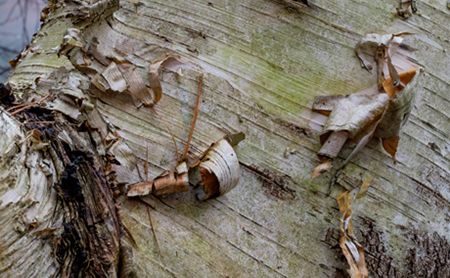Landscaping that will survive veterinary patients
Putting some plants around the clinic? Make sure they'll stand up to being trampled and peed on.

Just like your patients, river birches shed a lot too--and, hey, bonus, this helps protect the trees from parasites and more. Think of it as a subtle signal of the importance of parasite prevention in your practice's front yard. (Adobe Stock)
In the age of Fear Free, it's common knowledge that the physical space of your veterinary practice should harmonize with patients, helping them have the best experience possible. And it goes without saying that elements of the environment shouldn't harm patients.
But what about the reverse, when marauding Maine coons and bounding bloodhounds threaten your landscaping? On the topic of toxic flora, HospitalDesign360 speaker Dan Chapel, AIA, NCARB, defers to veterinarians. However, there is one type of greenery he favors: Whether it's inside the clinic or around the grounds, Chapel is a fan of plants that require little upkeep. For example, in the case of one popular exterior feature, pet relief areas:
A view from the outside: How does your clinic stack up?
Make your $5K remodel budget REALLY COUNT.
Elevate your curb appeal in 3 (easy) steps.
What makes a veterinary practice street sign work (and what doesn't).
"I've found over the years that river birches work well (in such areas)," he says, "they're relatively self-maintaining and don't fall prey to heavy doses of urine."
Chapel also recommends using ground covering and plants like hollies that, in effect, protect themselves with brambles or similar prickly defenses.
Watch the video for more.

You. Can. Do. This!
At Fetch dvm360 conference, we're the support system you need. With every conference this year, we intend to nurture your mind (meaning quality CE for days) while also encouraging you to take sto